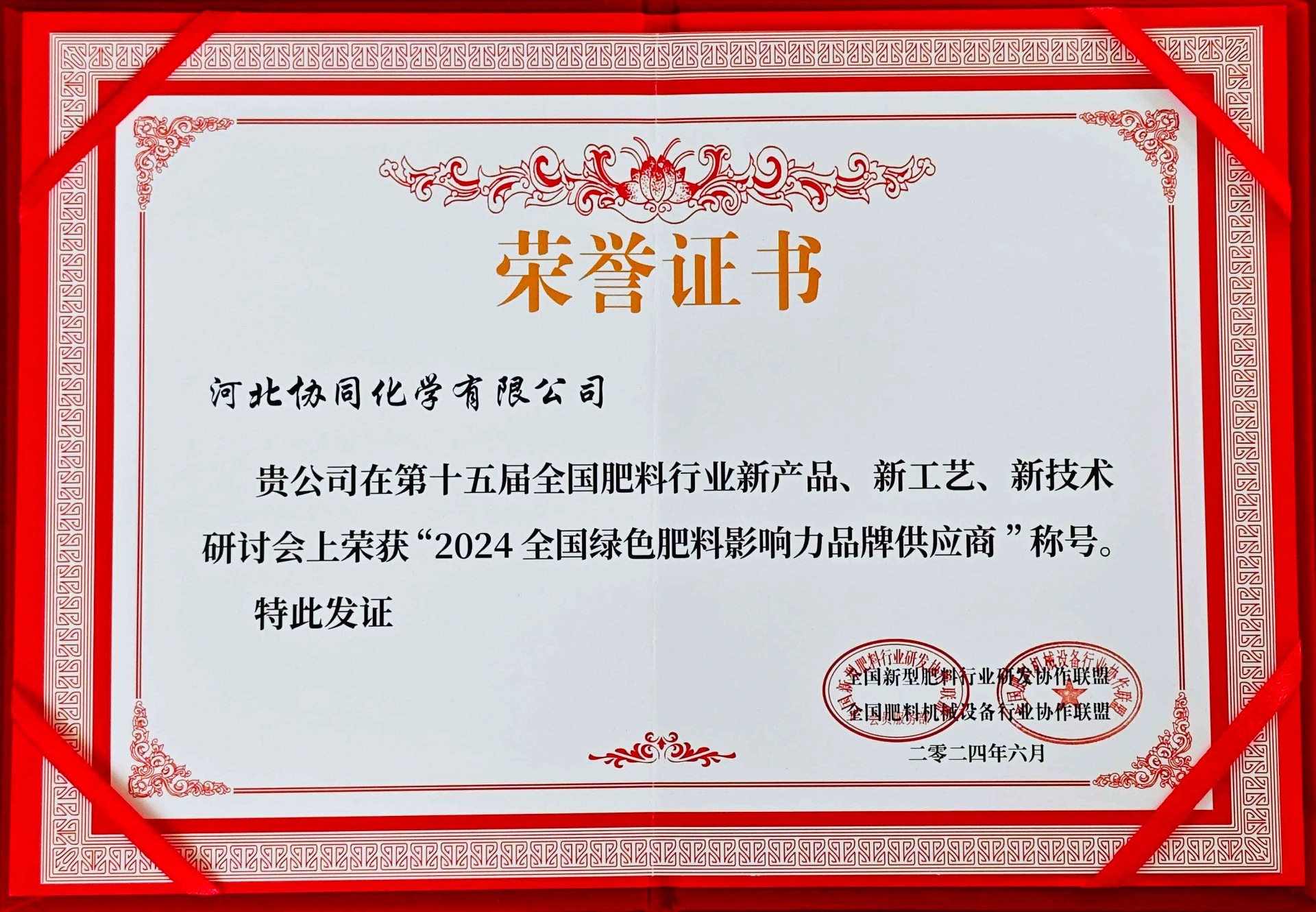
News
Dec . 06, 2024 07:10 Back to list
Exploring the Role of Ethylenediamine as a Chelating Agent in Various Applications
The Role of Ethylenediamine in Chelating Agents
Ethylenediamine (ED) is a simple yet powerful organic compound that has garnered significant attention in the field of chemistry, particularly in the development of chelating agents. Chelating agents are molecules that can form multiple bonds with a single metal ion, effectively 'grabbing' and holding onto the metal. This property is vital in a variety of applications ranging from agriculture to medicine. Understanding the role of ethylenediamine in chelation can illuminate its importance and utility in different fields.
The Role of Ethylenediamine in Chelating Agents
One prominent application of ethylenediamine-based chelating agents is in agriculture. Soil often lacks essential trace elements necessary for optimal crop growth. By incorporating chelating agents into fertilizers, nutrients can be delivered more effectively to plants. Ethylenediamine enables these fertilizers to solubilize essential metal ions, making them more bioavailable. This not only promotes healthier plant growth but also minimizes nutrient leaching into groundwater, thus contributing to environmental sustainability.
ethylenediamine chelating agent

In the medical field, ethylenediamine derivatives are utilized in diagnostic imaging and treatment. For instance, chelating agents based on ethylenediamine can bind to heavy metal ions in the body, facilitating their excretion and helping to treat heavy metal poisoning. Moreover, ED-chelates are employed in imaging techniques such as magnetic resonance imaging (MRI) and positron emission tomography (PET), where they serve as contrast agents that enhance the visibility of certain tissues or abnormalities.
The use of ethylenediamine in synthesis also extends to the production of various coordination compounds. These compounds have numerous applications, including catalysts in organic reactions and as components in specialized materials such as superconductors. The ability of ethylenediamine to form stable complexes with transition metals allows for the development of new materials with tailored properties, showcasing the versatility of this compound.
However, the use of ethylenediamine is not without challenges. For instance, while it serves as an effective chelating agent, it can sometimes lead to the formation of highly stable complexes that are difficult to decompose or remove. In environmental contexts, the persistence of ethylenediamine chelates may pose risks if not managed properly. As such, ongoing research is essential to optimize the application of ethylenediamine and its derivatives while minimizing any potential negative impacts.
In conclusion, ethylenediamine is a crucial building block in the synthesis of chelating agents with diverse applications across multiple fields, including agriculture, medicine, and material science. Its unique ability to form stable, multi-coordinate complexes with metal ions not only enhances the effectiveness of fertilizers and therapeutic agents but also propels advancements in material development. As our understanding of ethylenediamine and its chelating properties deepens, more innovative applications are likely to emerge, solidifying its role as an indispensable tool in both industrial and scientific domains.
-
Polyaspartic Acid Salts in Agricultural Fertilizers: A Sustainable Solution
NewsJul.21,2025
-
OEM Chelating Agent Preservative Supplier & Manufacturer High-Quality Customized Solutions
NewsJul.08,2025
-
OEM Potassium Chelating Agent Manufacturer - Custom Potassium Oxalate & Citrate Solutions
NewsJul.08,2025
-
OEM Pentasodium DTPA Chelating Agent Supplier & Manufacturer High Purity & Cost-Effective Solutions
NewsJul.08,2025
-
High-Efficiency Chelated Trace Elements Fertilizer Bulk Supplier & Manufacturer Quotes
NewsJul.07,2025
-
High Quality K Formation for a Chelating Agent – Reliable Manufacturer & Supplier
NewsJul.07,2025
